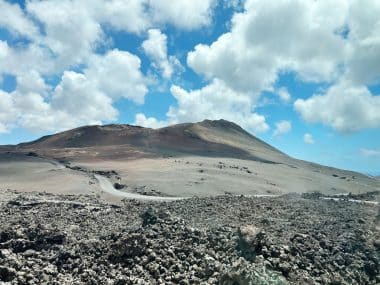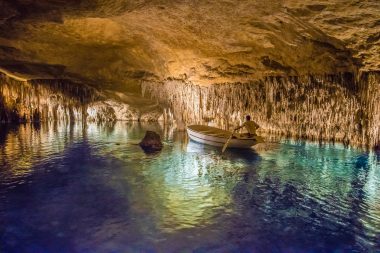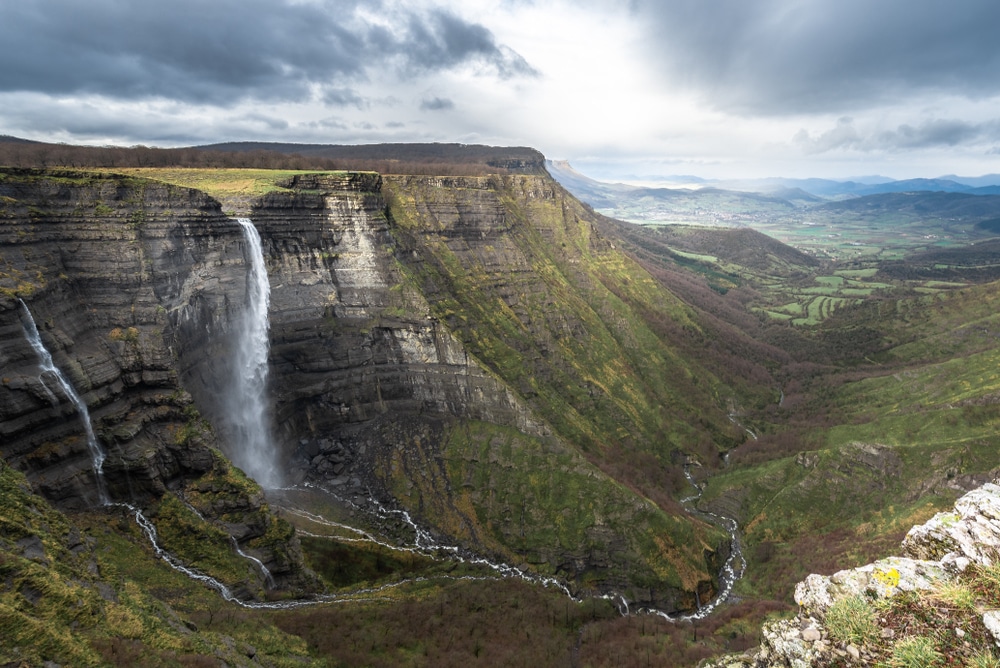Spain is one of the most popular EU travel destinations. Numerous sights and exciting destinations await holidaymakers in addition to thousands of kilometres of coastline. From relaxation trips to active holidays, the Spanish islands and the mainland offer a wide variety of types of holidays. The landscape is just as varied as the holiday offer. For nature lovers, a round trip to the natural wonders of the country is a good idea.
Landscape diversity: What highlights await nature lovers in Spain
In the south of Spain there are desert landscapes, in the north forests and mountain massifs. Volcanic worlds are located on the coasts of the Canary Islands and the country also offers a variety of natural spectacles. This is especially the case in 16 national parks with species-rich fauna and flora, where Spain shows its most beautiful side. To get to know the Spanish natural diversity, round trips to the most important natural highlights are a good idea. It doesn’t always have to be by rental car. You can also get to your destination by public transport. There are plenty of fast train connections to the most important Spanish cities . Remote areas can sometimes be reached by bus or look for carpooling offers when planning your trip . Below is an overview of the most interesting nature destinations.
1. Asturias: Picos de Europa and Somiedo National Park
The towns of the Picos de Europa illustrate the fusion of rural life with nature. They are surrounded by dense forest areas, clear lakes and green meadows. Particularly impressive are the imposing mountain peaks, among which the Naranjo de Bulnes marks the highest point at 2,518 meters. Also worth seeing in Asturias is the Natural de Somiedo, which extends over five valleys in the Cantabrian Mountains and is considered the oldest natural park in Spain. In addition to brown bears, Pyrenean chamois, wildcats and wolves are at home here. Impressive lake and mountain panoramas characterize the landscape.
2. Andalusia: El Torcal and Cabo de Gata National Parks
Formations of karst rock, deep gorges and magical caves – this landscape has been created by erosion in the Andalusian El Torcal National Park. The natural sculptures include rock formations such as the El Tornillo Natural Monument. Equally worth seeing is the Andalusian Cabo de Gata National Park in the province of Almería. This is perhaps the most beautiful volcanic landscape in the country. It was once formed by lava flows, which are still recognizable today. Valleys and gorges characterize the hinterland, with the long-extinct Pico de los Frailes with its 493 meters being considered the highlight of the national park.
3. Castile-La Mancha: Riópar Waterfalls and Lagunas de Ruidera
Near Riópar there are two Spanish waterfalls, behind which the Sierra del Segura cave landscape is hidden. The system, which is still virtually unexplored, is home to the underground springs from which the waterfalls spring. A similarly remarkable natural spectacle is offered in the Lagunas de Ruidera. Today’s national park is located in the plain of La Manchas and inspires with its rivers, dense forests and lagoons. Waterfalls plunge down over dams between lakes, which are almost as impressive as those of Riópar.
4. Basque Country: Salto de Nervión and Gaztelugatxe
The Nervión waterfall is considered one of the most powerful natural spectacles in Spain. It is the highest of its kind in the country. In the Monte de Santiago National Park, its water masses plunge from 270 meters and become the Nervión River, which you can enjoy a breathtaking view of from the Délicia Gorge. An equally well-known natural wonder in the Basque Country is the island of Gaztelugatxe, which corresponds to an 80-metre-high rock. A 200-meter-long stone bridge leads visitors to the chapel at the top.
5. Galicia: Playa de las Catedrales
On the coast of Galicia there are vaults up to 32 meters high, created by centuries of erosion. The most famous formations of the so-called Playa de las Catedrales are reminiscent of churches and have given the beach the reputation of the most impressive Spanish beach. The rock arches only show their full glory at low tide, so visitors should take the tides into account when planning.
6. La Gomera: Garajonay National Park
As early as 1986, the Garajonay National Park was declared a UNESCO World Heritage Site. On 4,000 hectares, the high plateau on the Canary Island is home to diverse flora such as ferns, heather and laurel forest sections. The park’s exposed volcanic vents, which exist only once in Spain, are also considered a natural spectacle.
7. Lanzarote: Fire Mountains of Timanfaya

With the Timanfaya National Park, an impressive volcanic landscape lies on the coast of Lanzarote. When you visit, you almost feel like you’re on the moon because of the barren expanses. The highlights of the natural spectacle are the volcanoes La Montana Rajada, Caldera del Corazoncillo and Manto de la Virgen, whose eruption created the poisonous green lake Charco de los Clicos near the fishing village of El Golfo.
8. Navarre: Bardenas Reales
The semi-desert Bardenas Reales is one of Spain’s most unique natural wonders. Idiosyncratic rock formations made of gypsum, sandstone and clay have formed here due to weather influences, with the sculptures Pisquerra and Castildetierra being among the most famous. Visitors can explore the formations on a 15-kilometer path.
9. Mallorca: Cuevas del Drach

As a stalactite cave, the Cuevas del Drach is located on the coast of Mallorca near Porto Cristo and resembles a labyrinth of several individual caves. Their stalactites and stalagmites have partially merged together over the years, creating a unique natural work of art.
10. Catalonia: Ebro Delta
Near Tarragona in Catalonia, Spain’s largest river has created the Ebro Delta, which measures 320 square kilometers and is one of the most important wetlands in all of Europe. The biodiverse lagoons and beaches are perfect for bird watching. Flamingos in particular can be seen live here in search of food.


